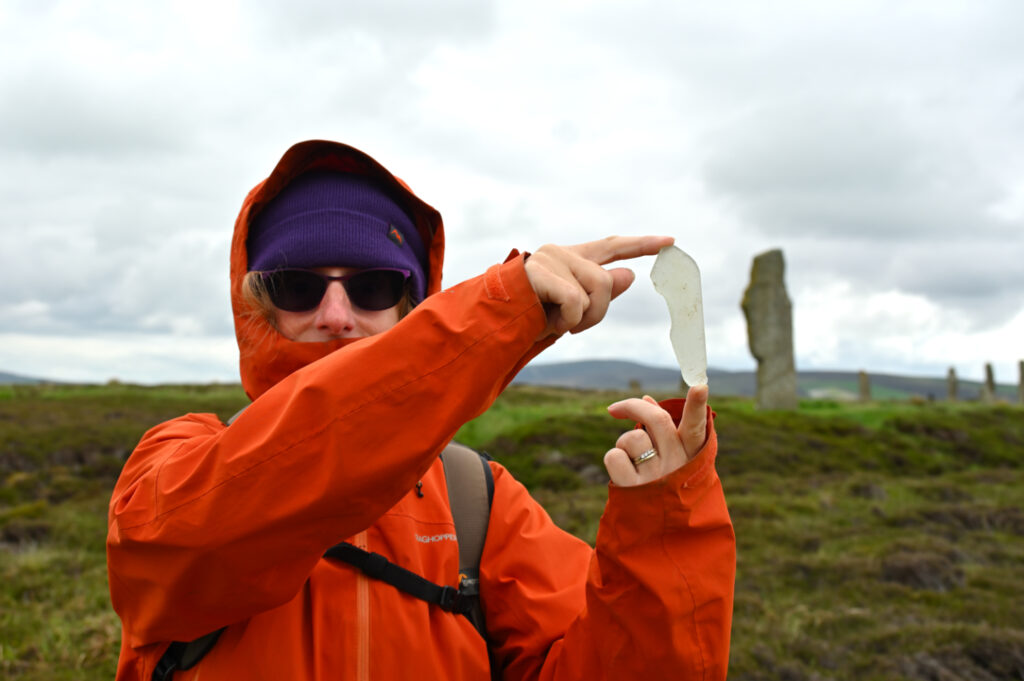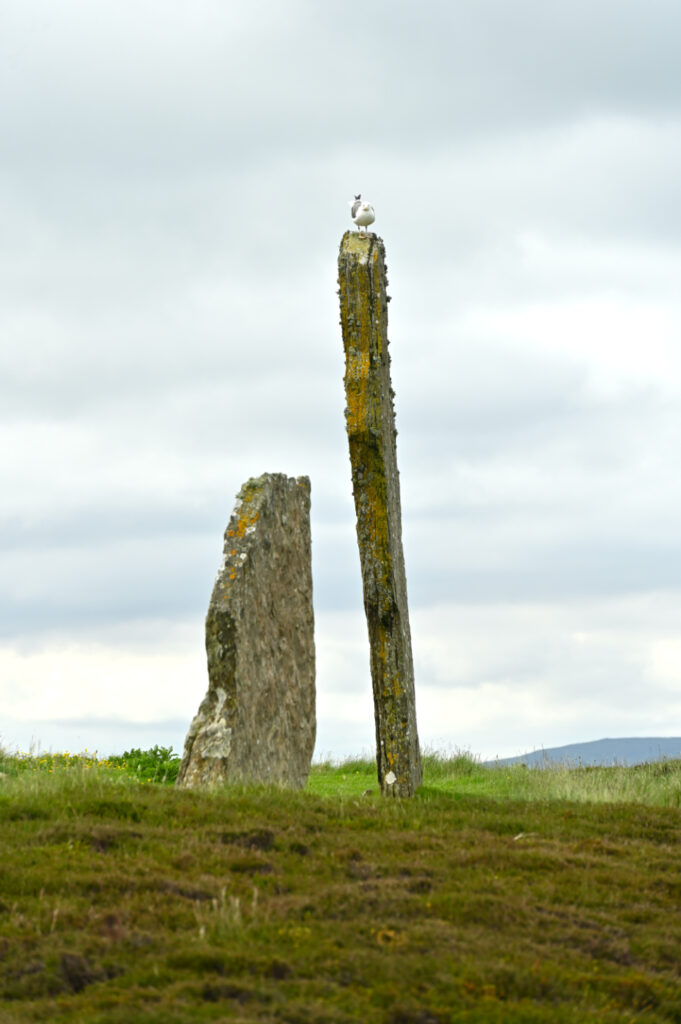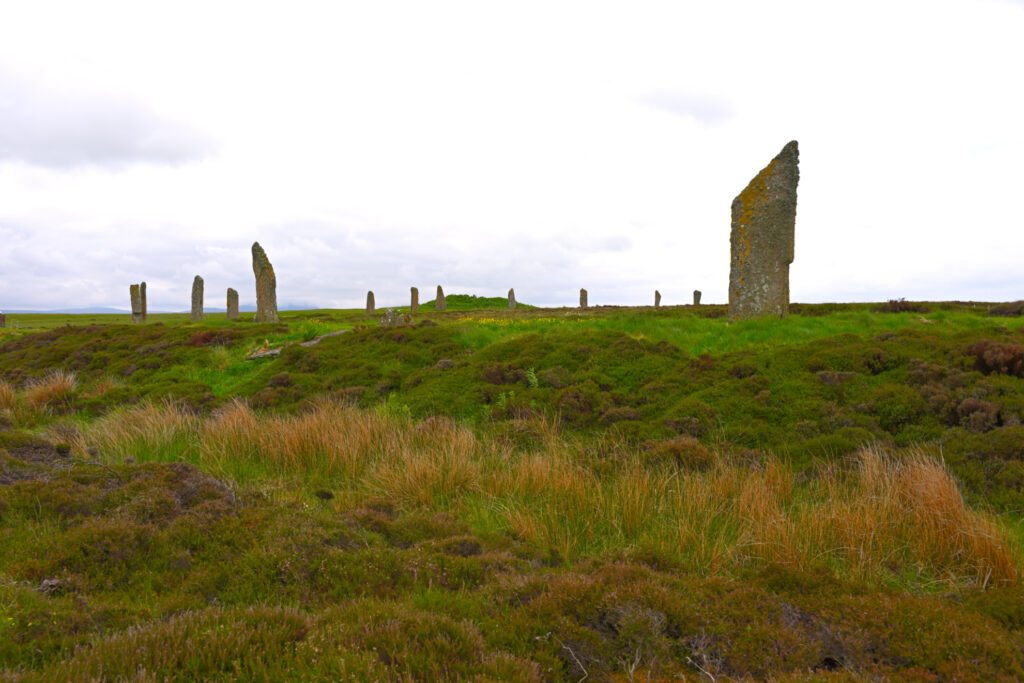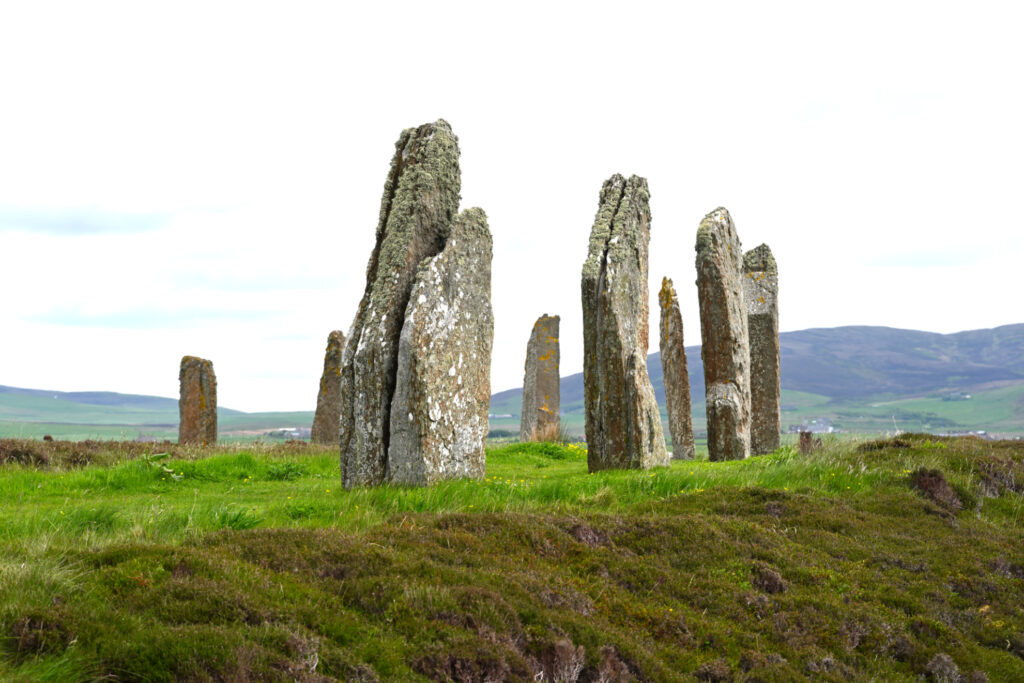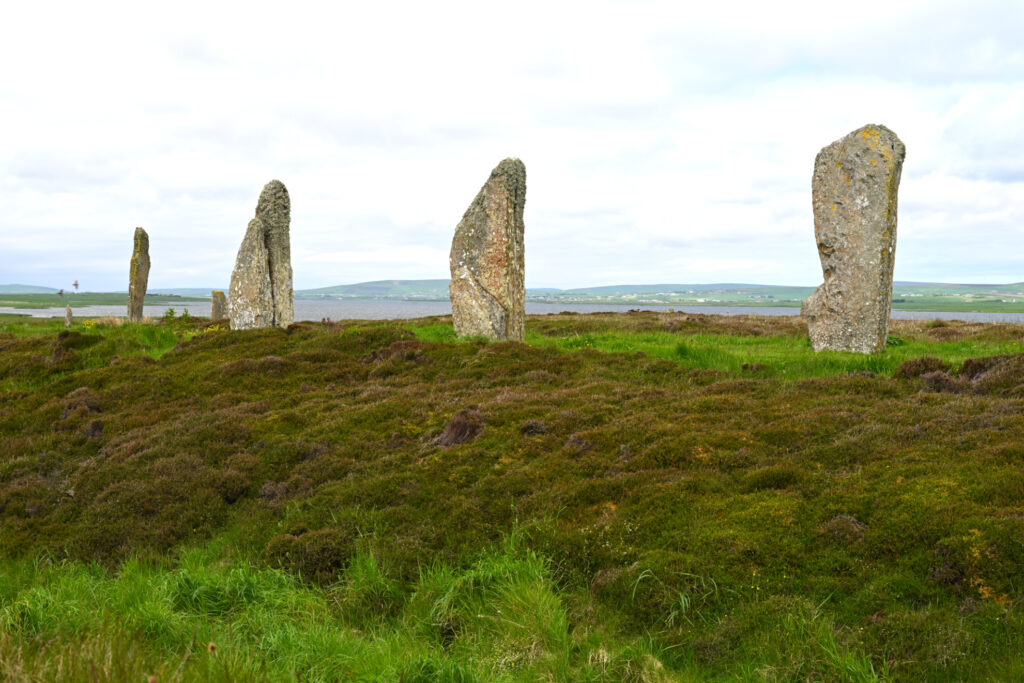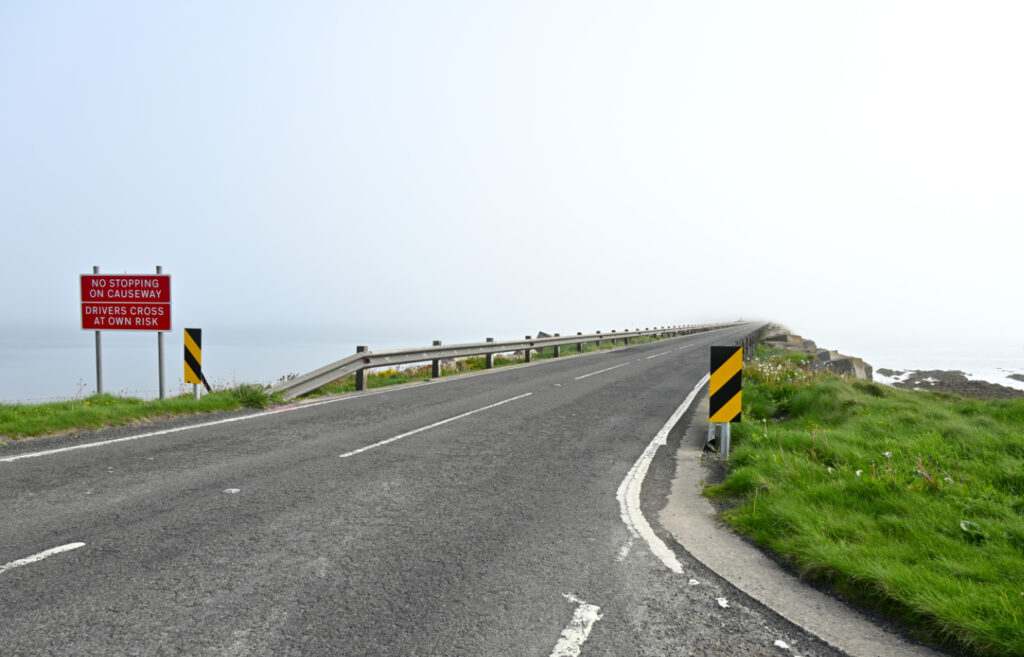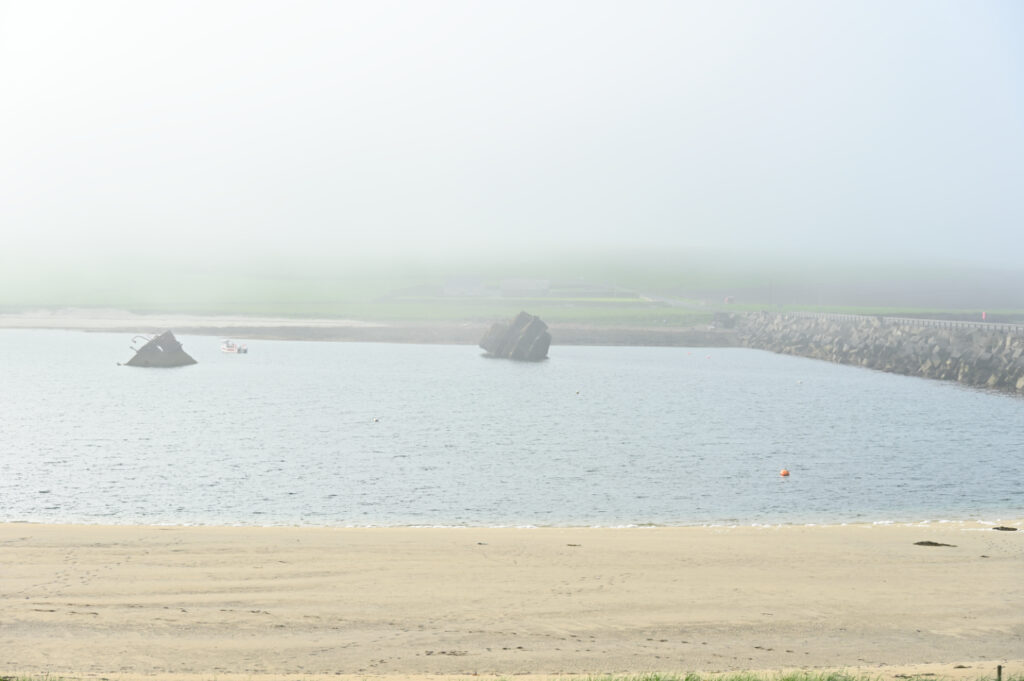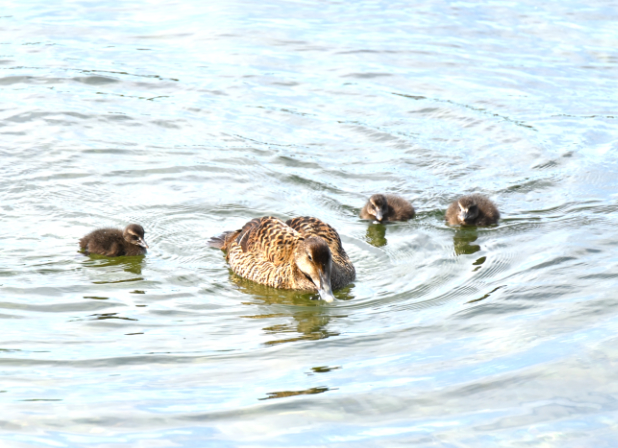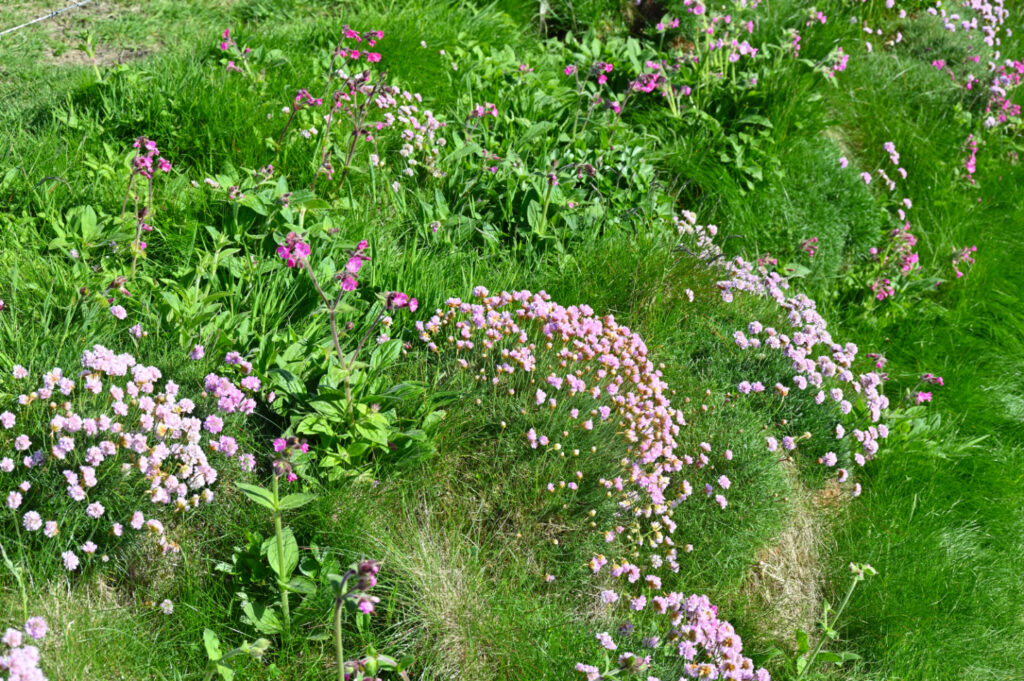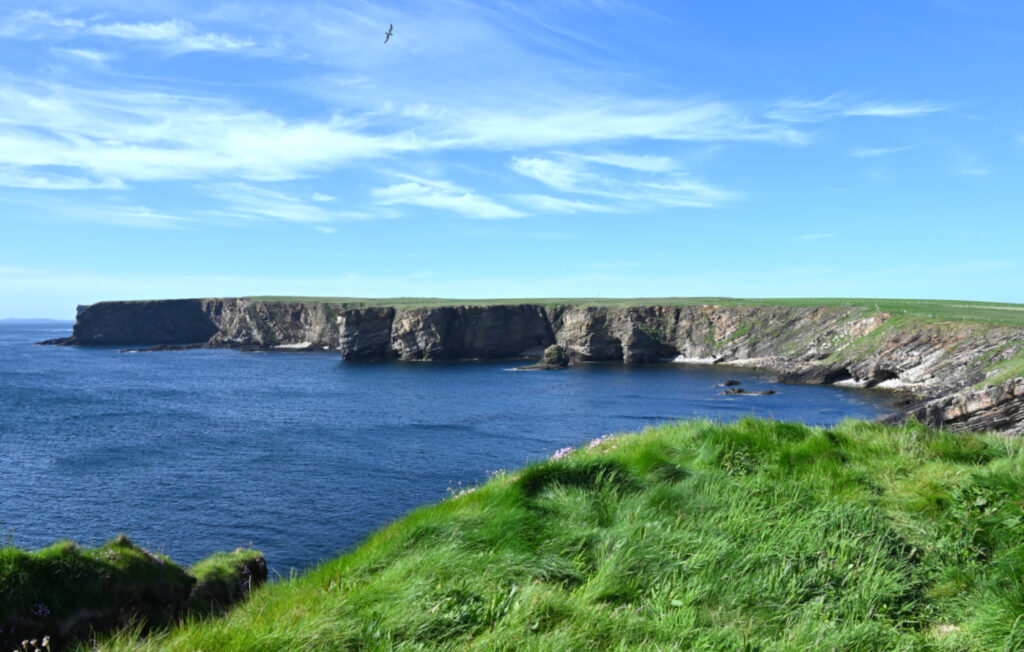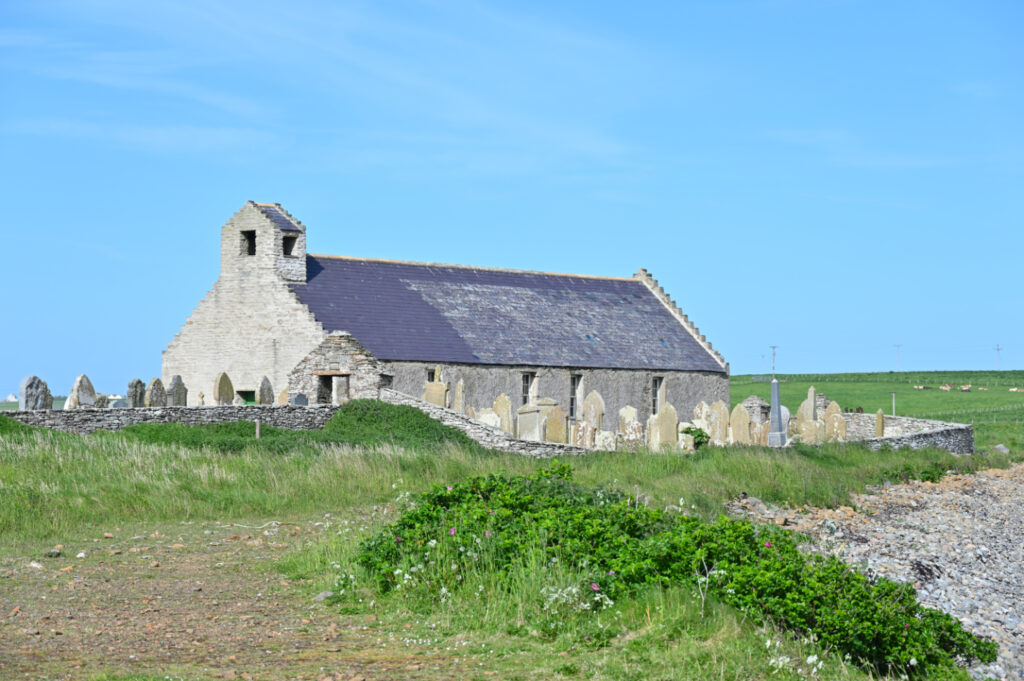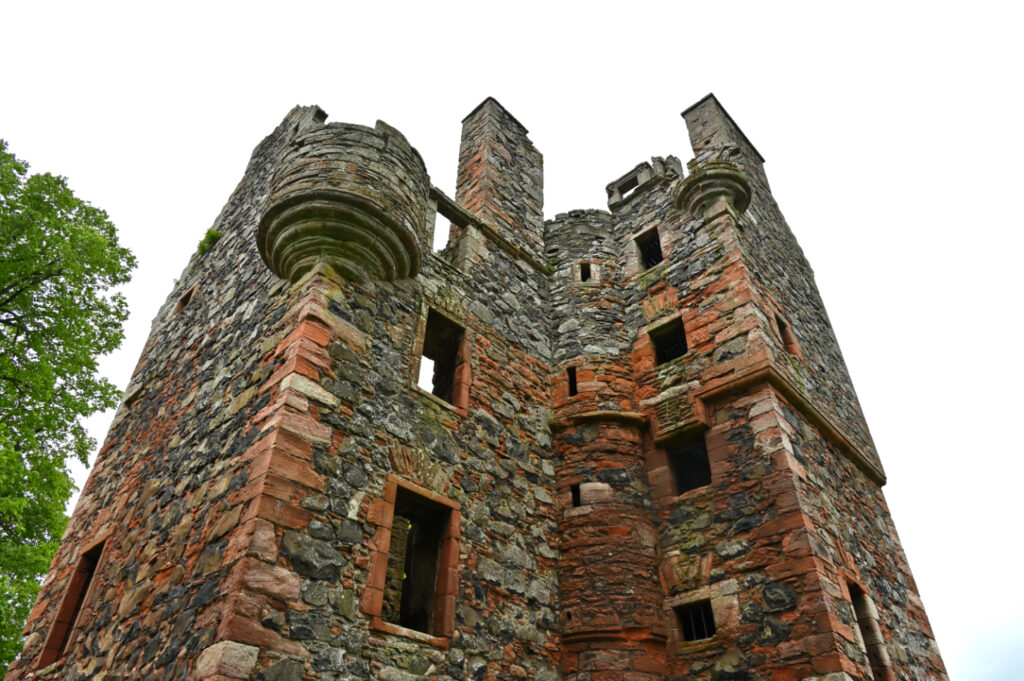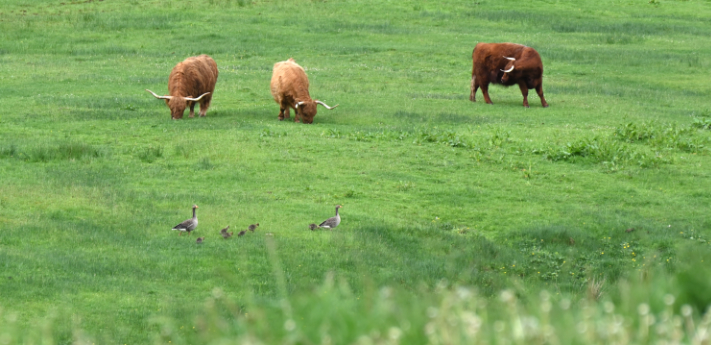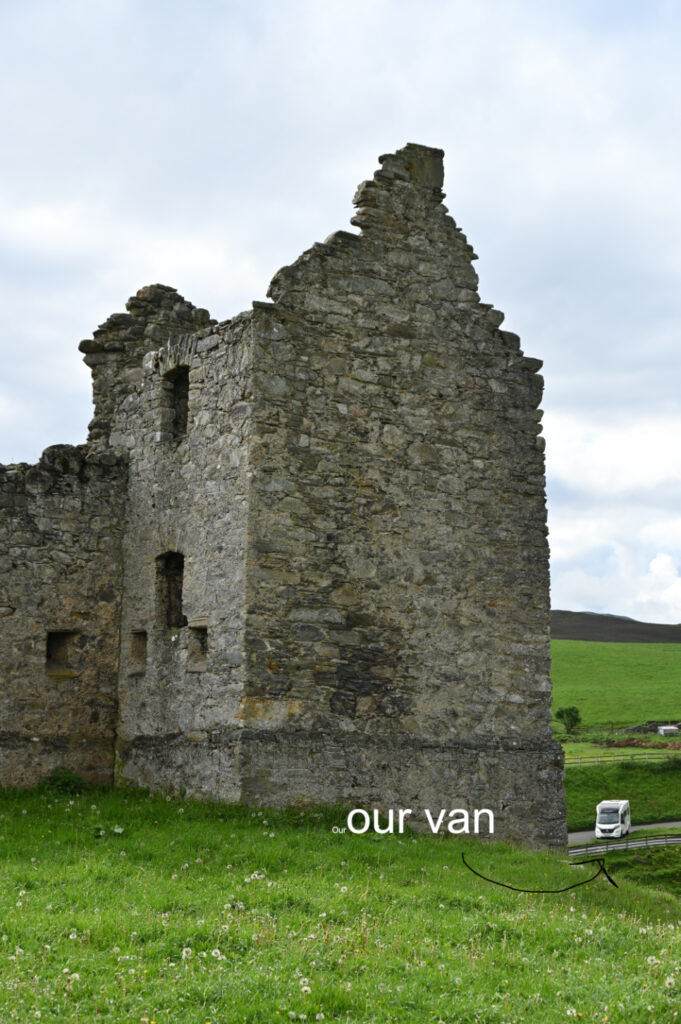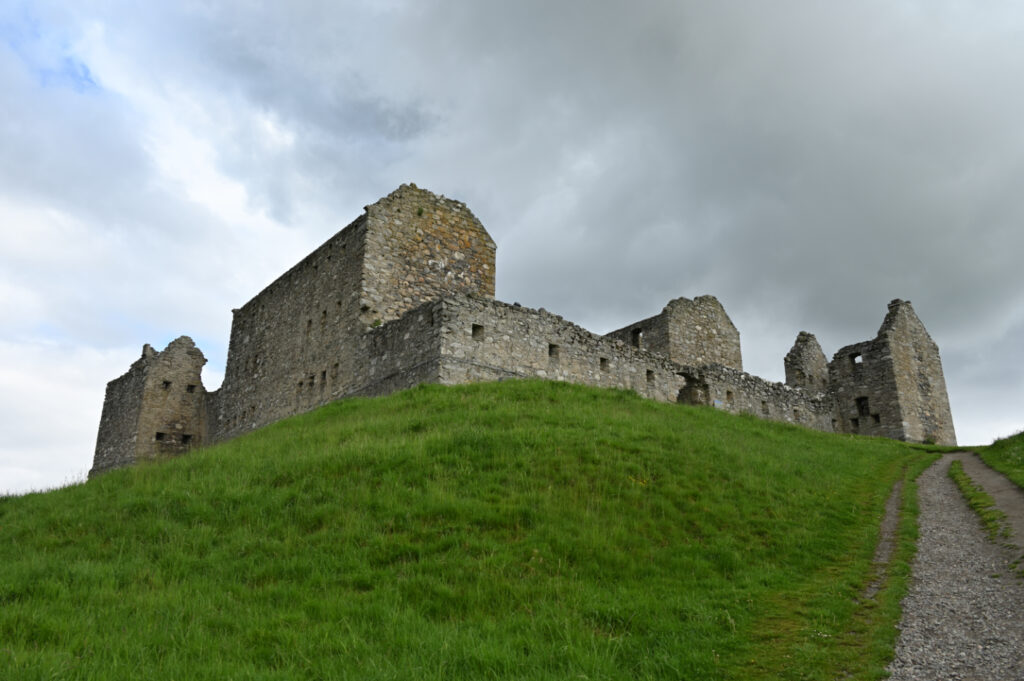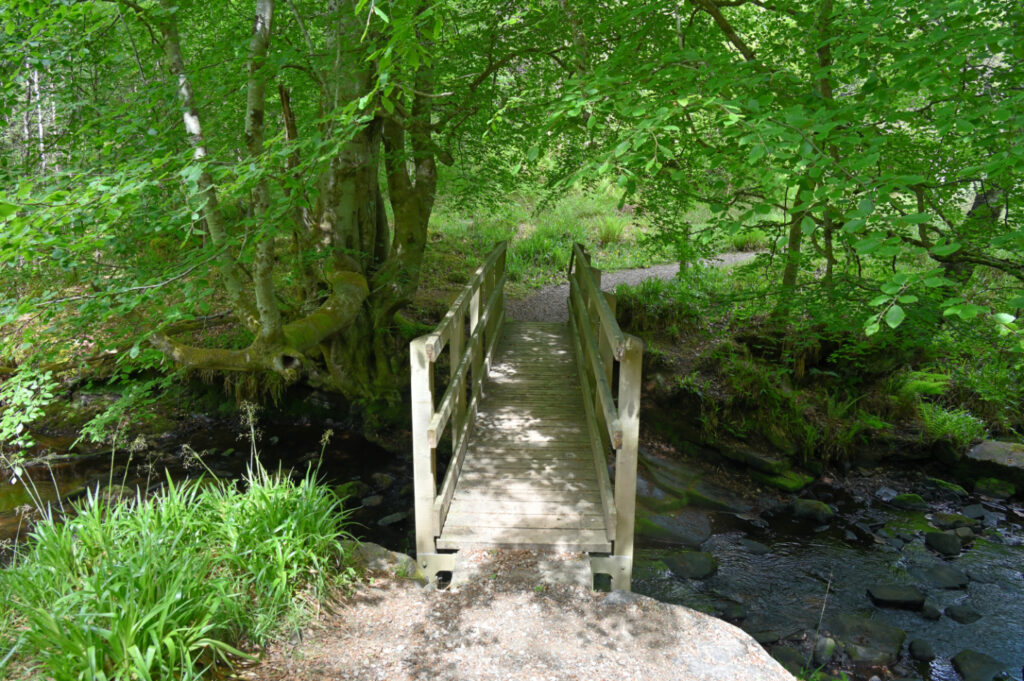The bishop in Kirkwall would have had a longer commute to work than I do, but not by much. You can see St Magnus Cathedral from his palace, and vice versa. Even I wouldn’t have needed a cup of tea on arrival if I’d had one just before leaving home – although I’m fairly sure tea wasn’t an option back then.
We’re very much enjoying Orkney. As far as we can see there are only two downsides – the wind (cold and doesn’t let up much) and the lack of an LPG filling pump. The van needs gas for heating, hot water, the fridge, cooking and, most vital of all, the kettle! It’s OK though as we have a cunning plan.
Some of the positives of Orkney include the beauty and drama of the landscape, very friendly people, loads of historic sites to visit, great campervan facilities and wonderful park ups, lots of wildlife especially birds, plenty of bakeries and tea rooms, great walks, a decent number of ships for Gary to photograph, loads of wild flowers… It’s amazing I’ve found time to write, but that short commute to work helps and I’m making progress with the novel.
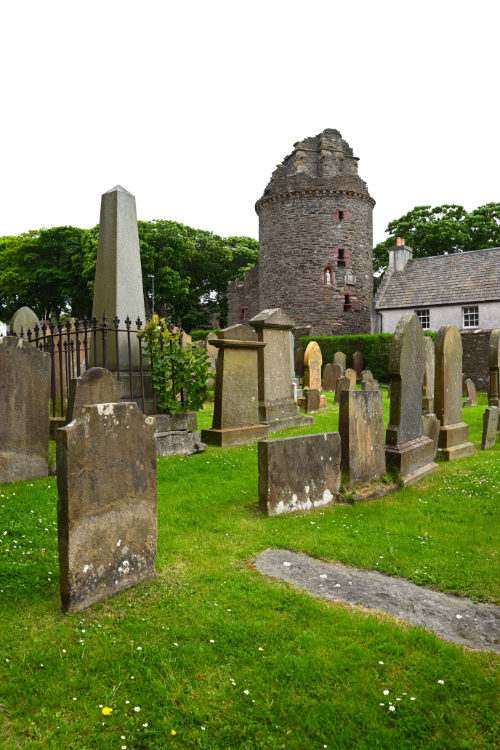
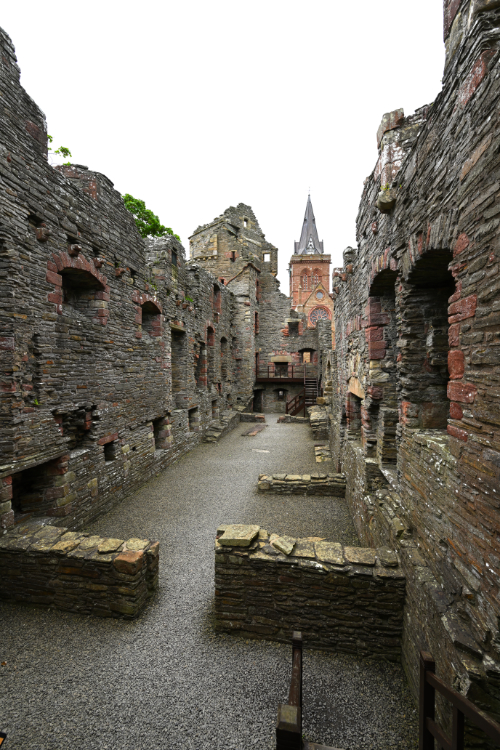
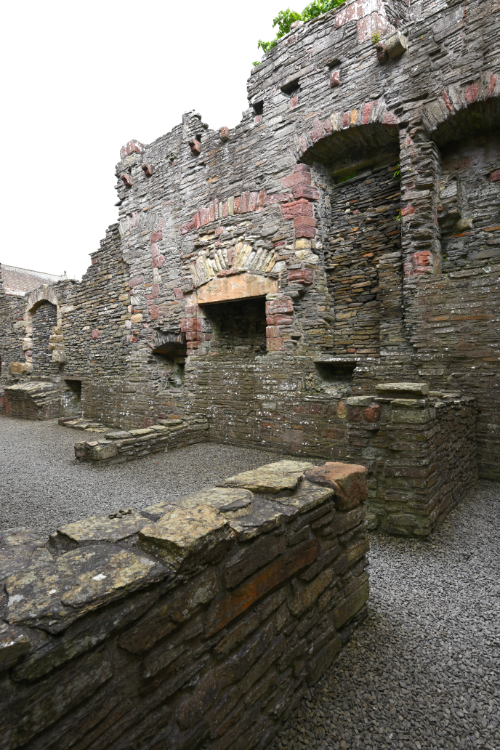
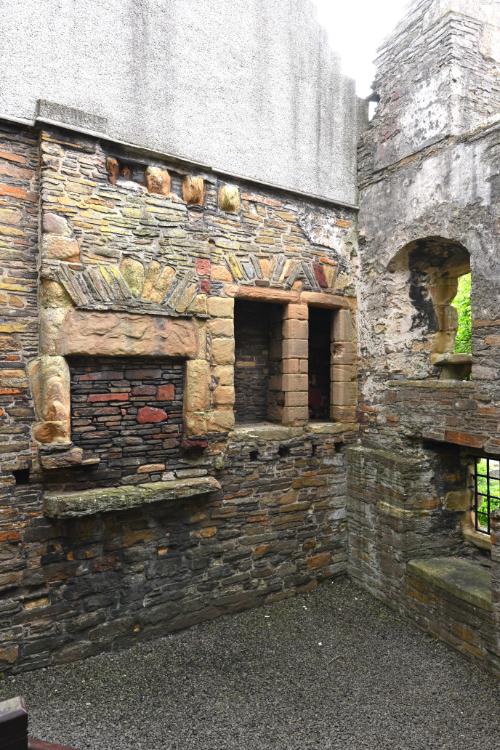
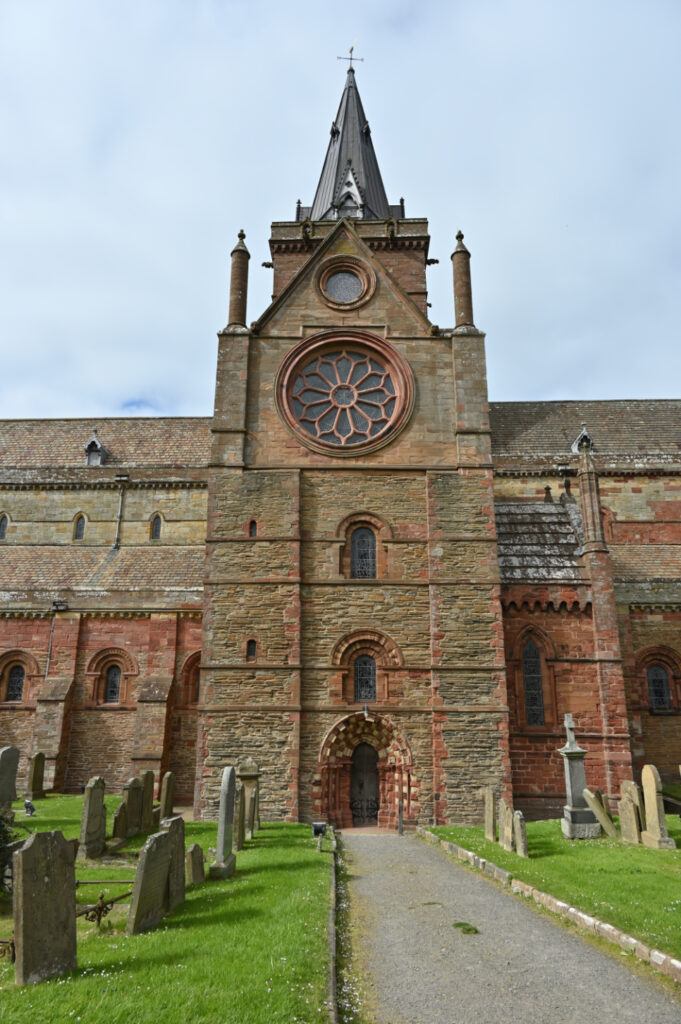
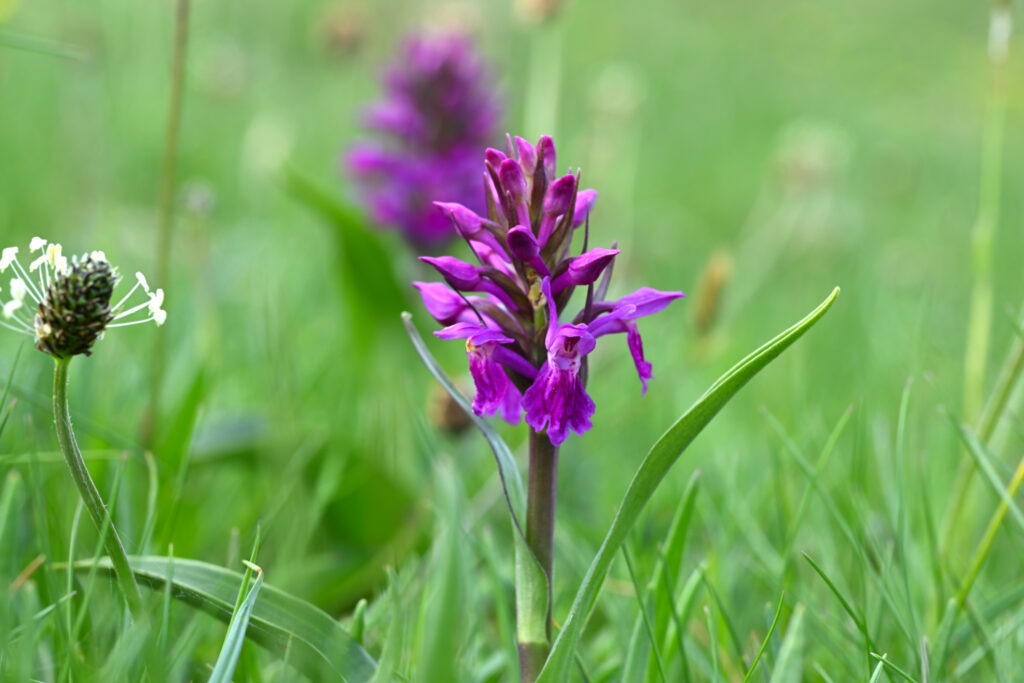
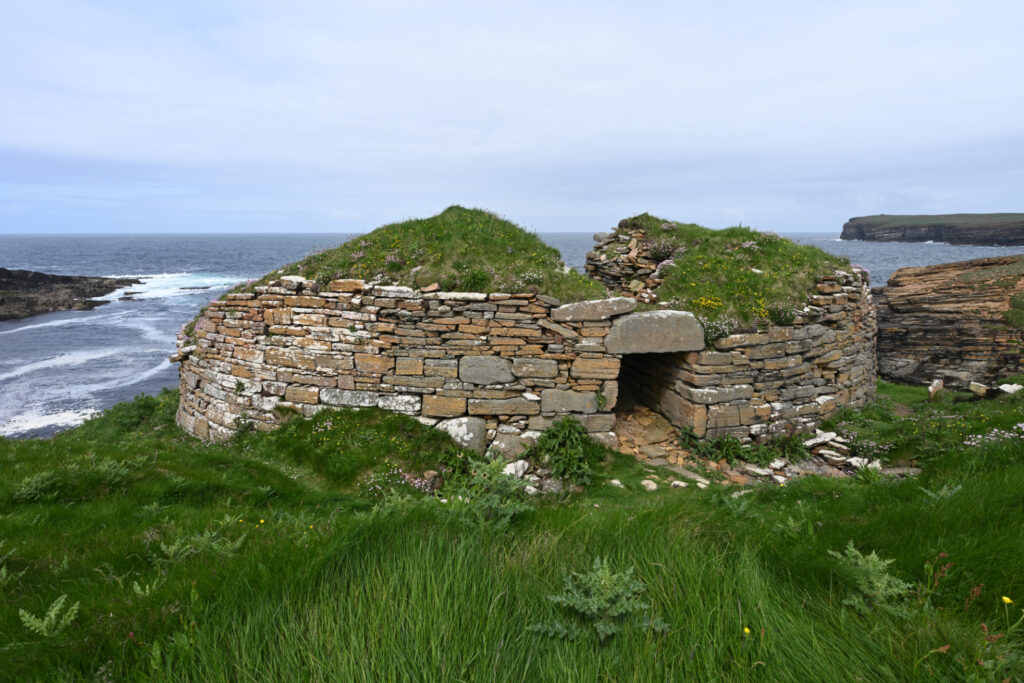
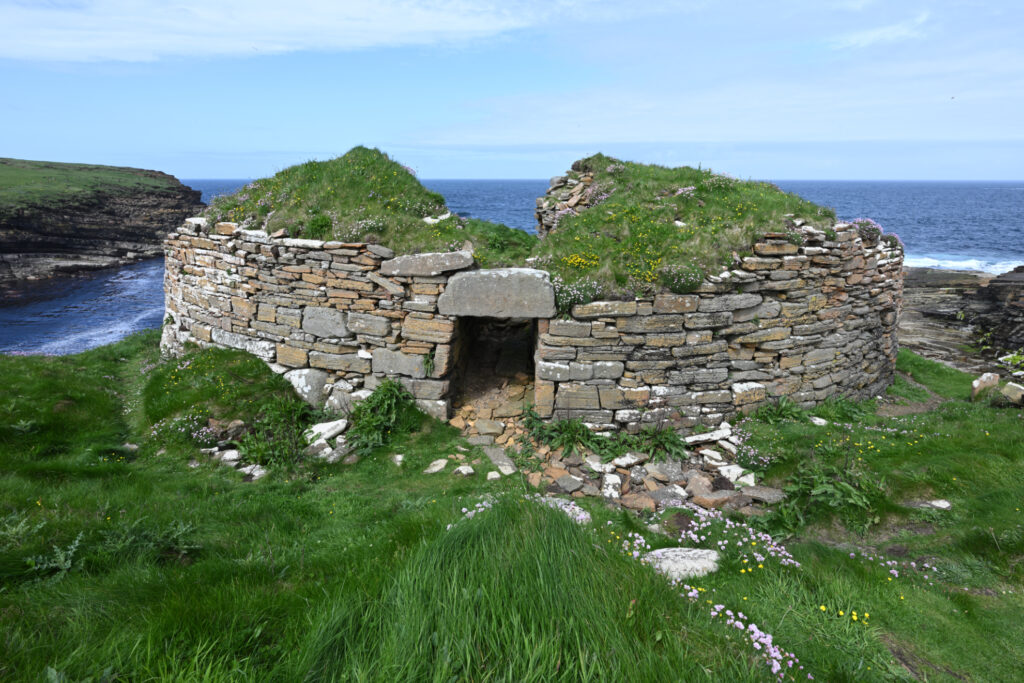
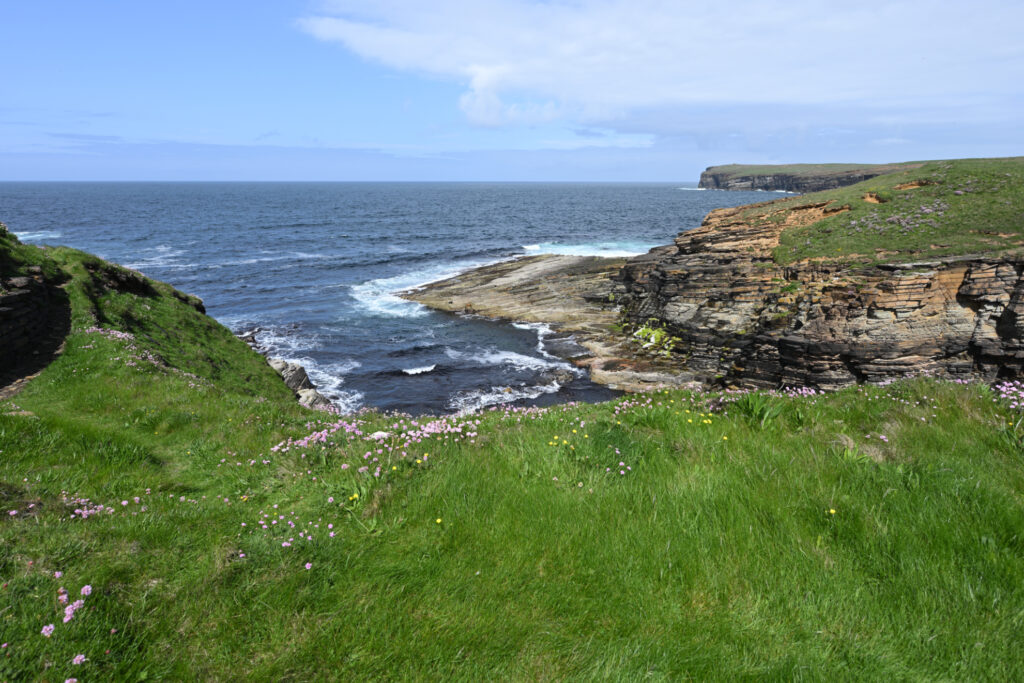
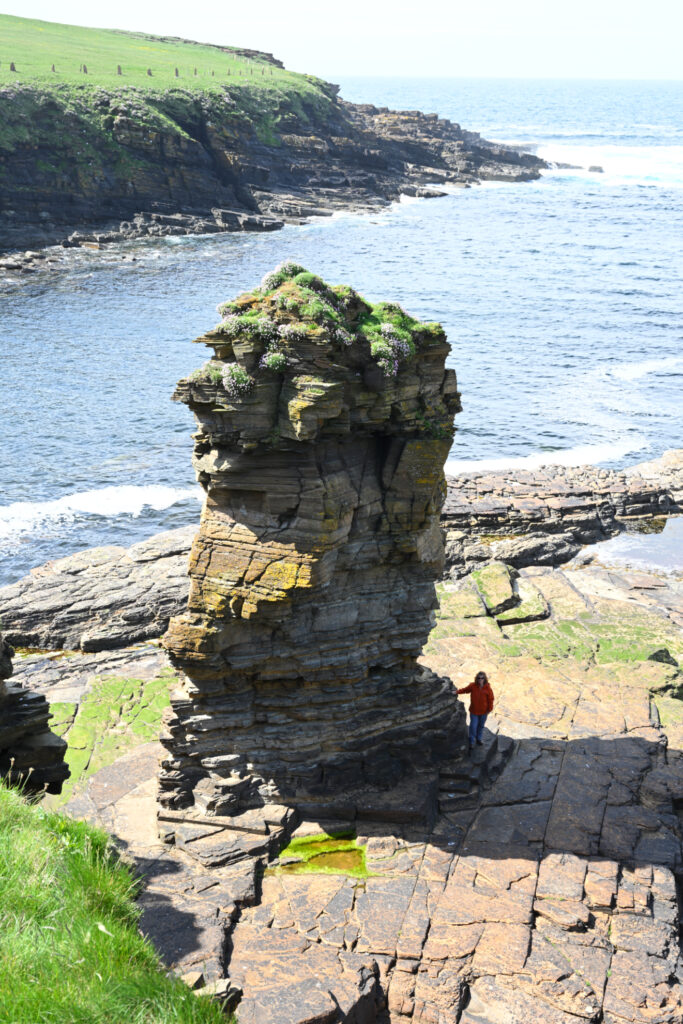
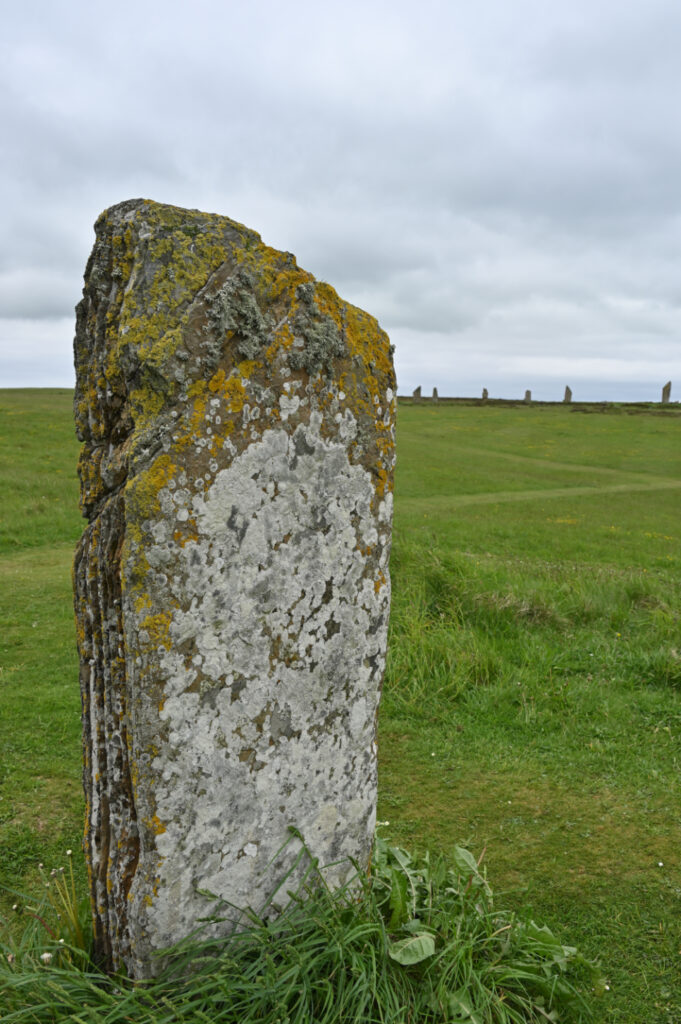
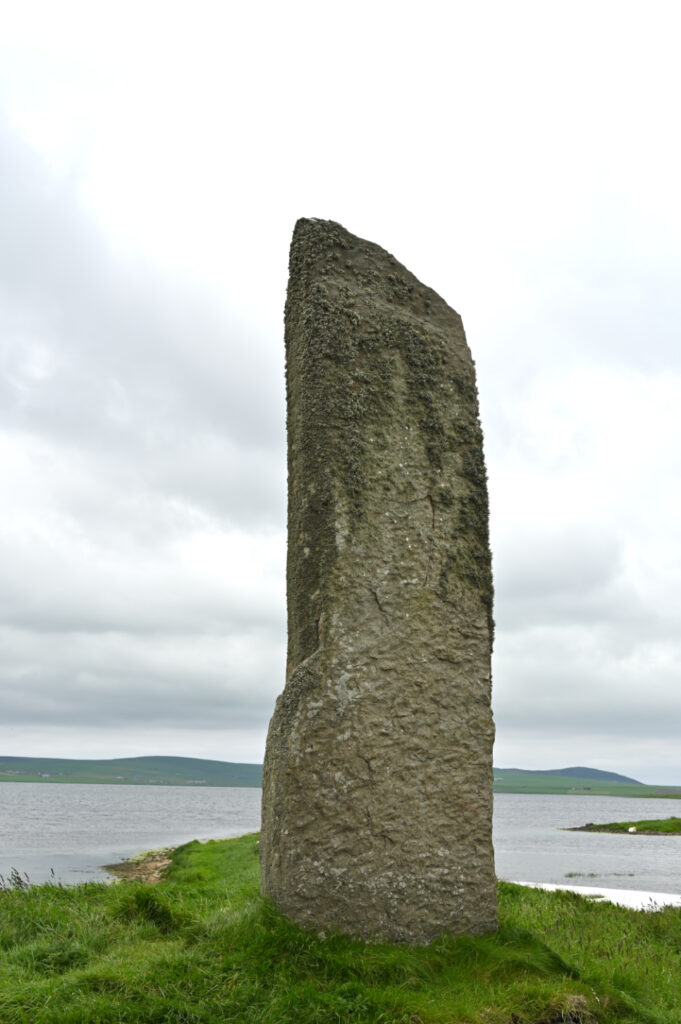
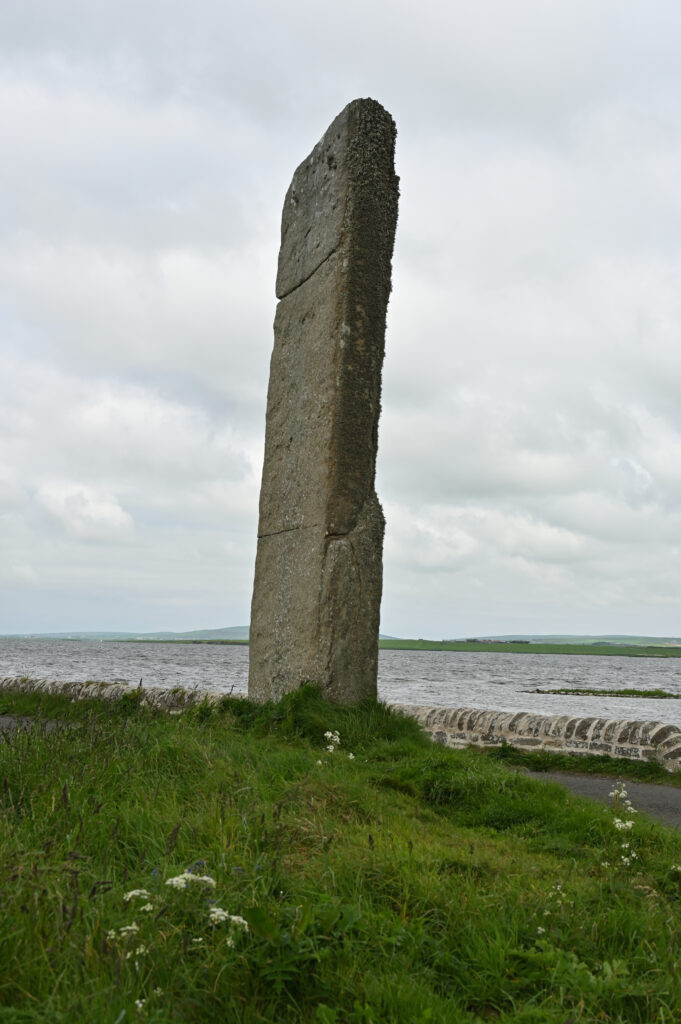

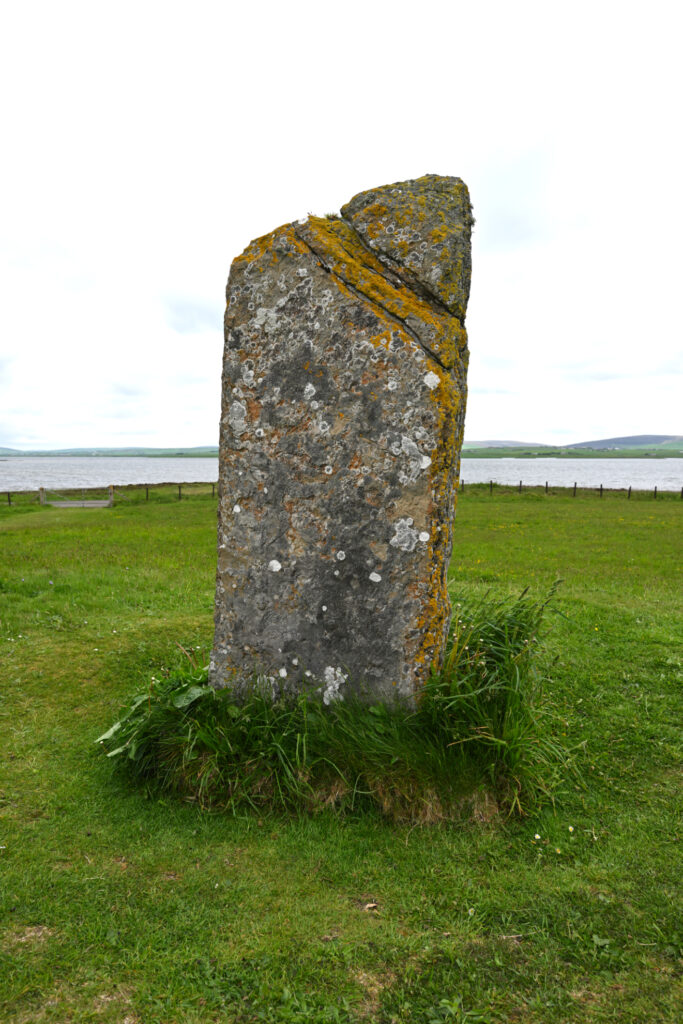
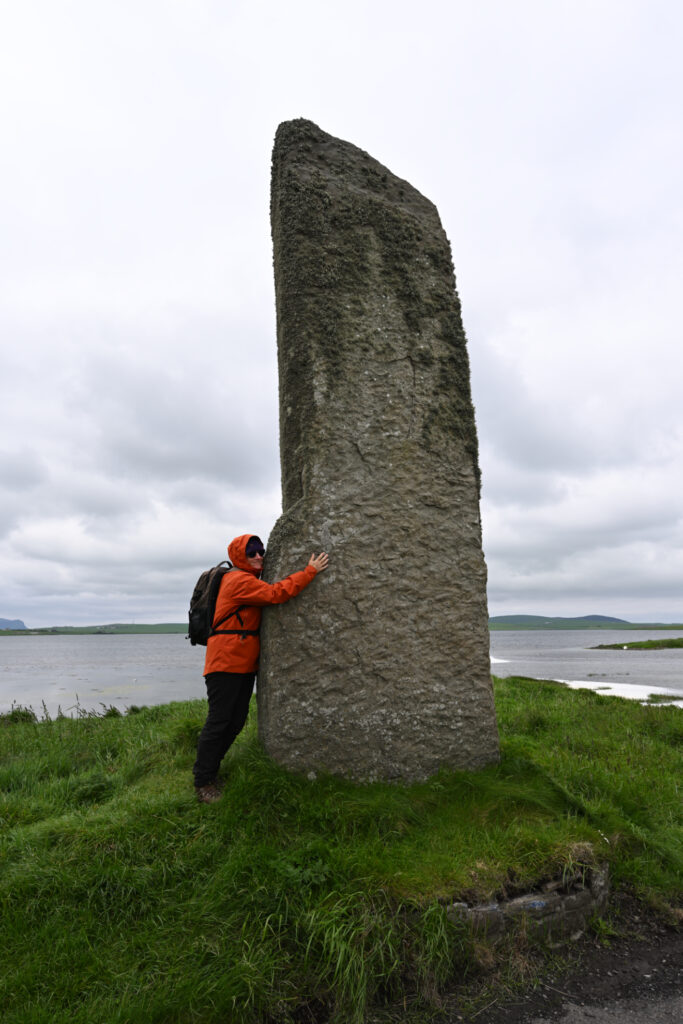
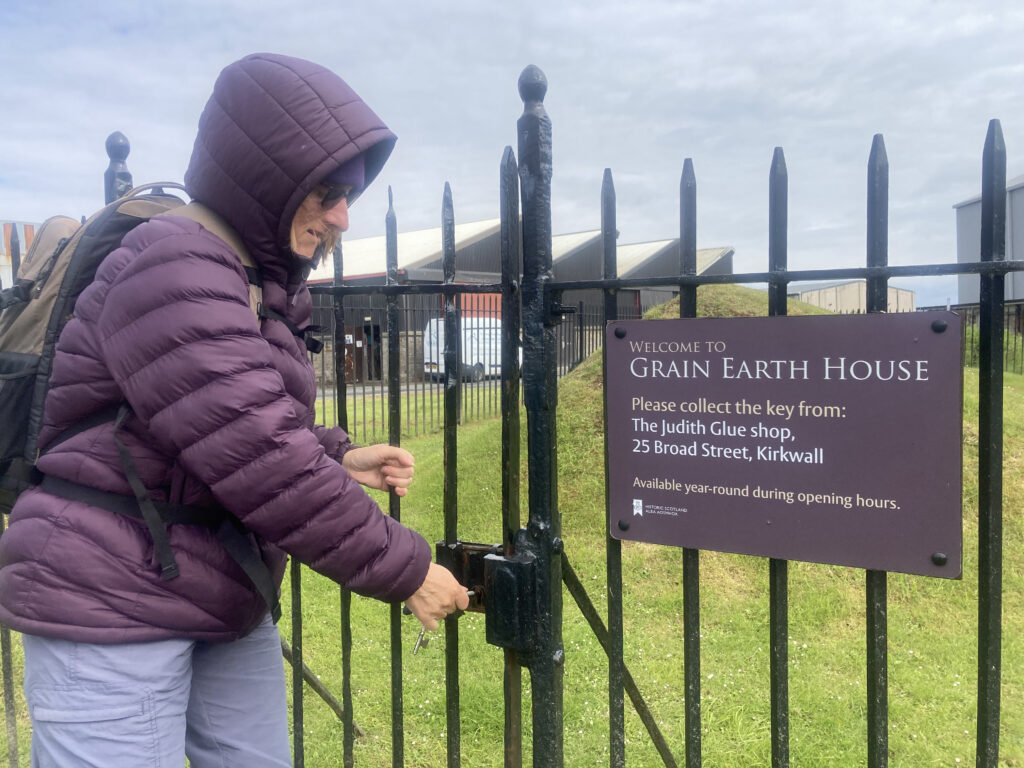
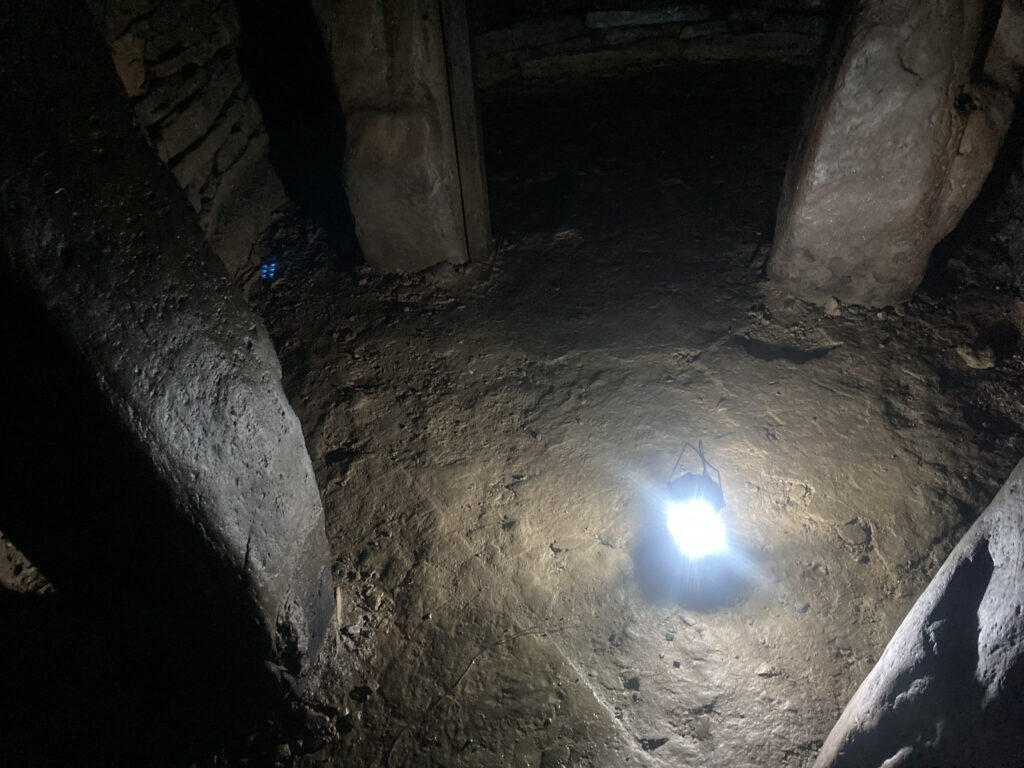
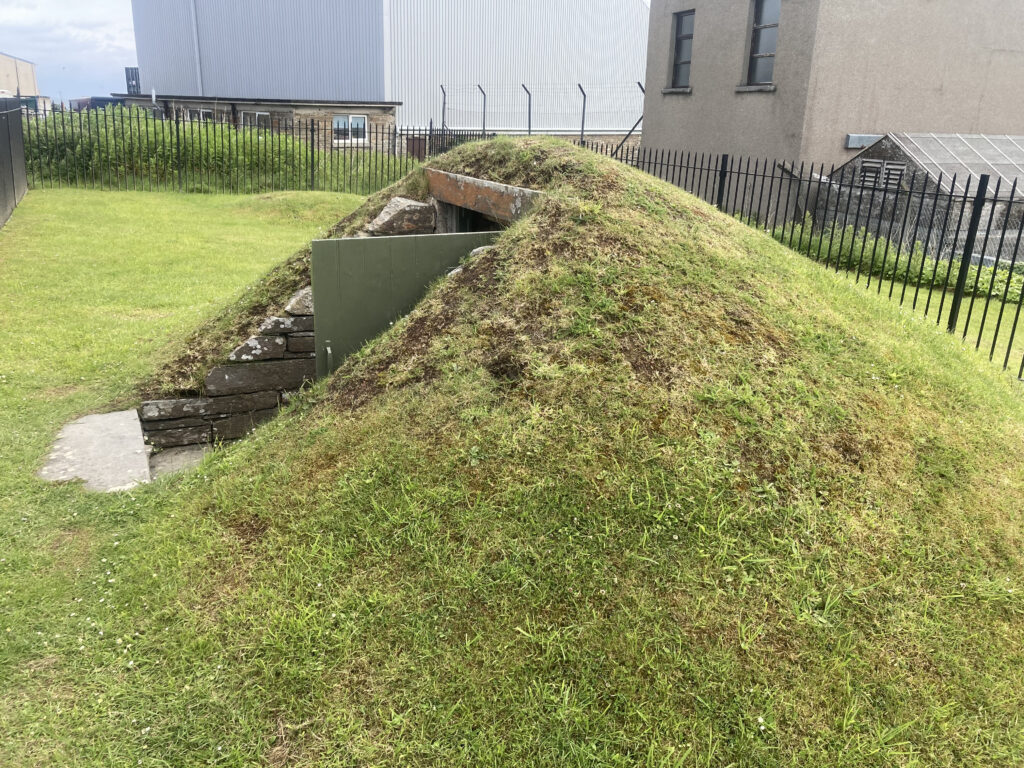
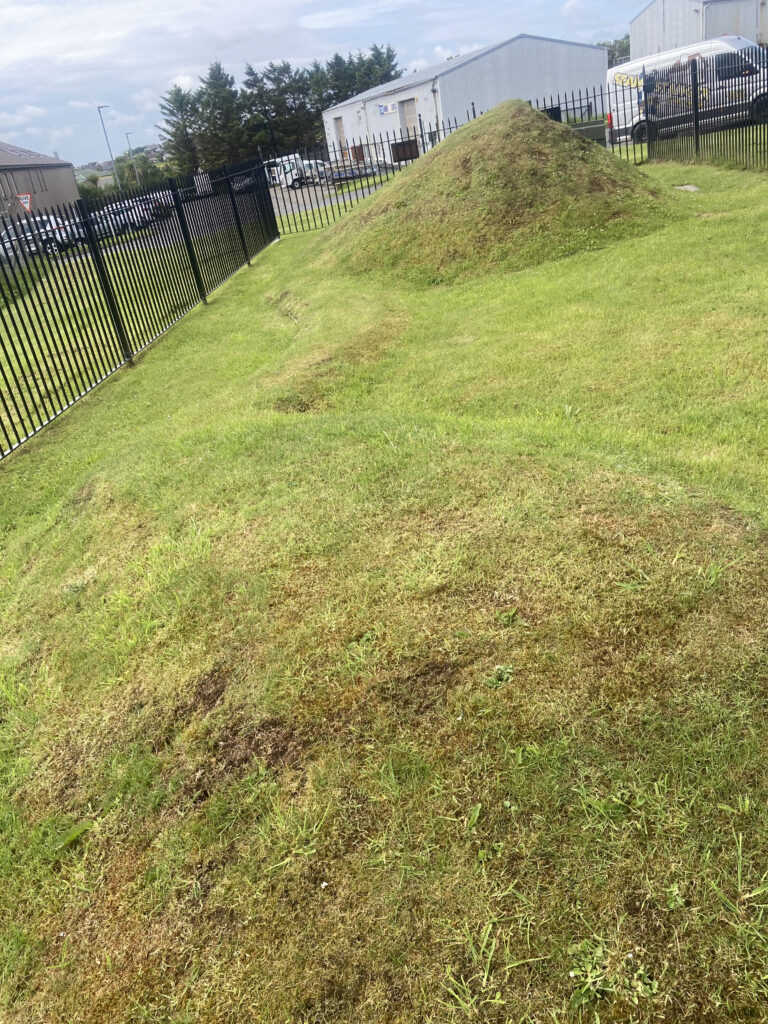
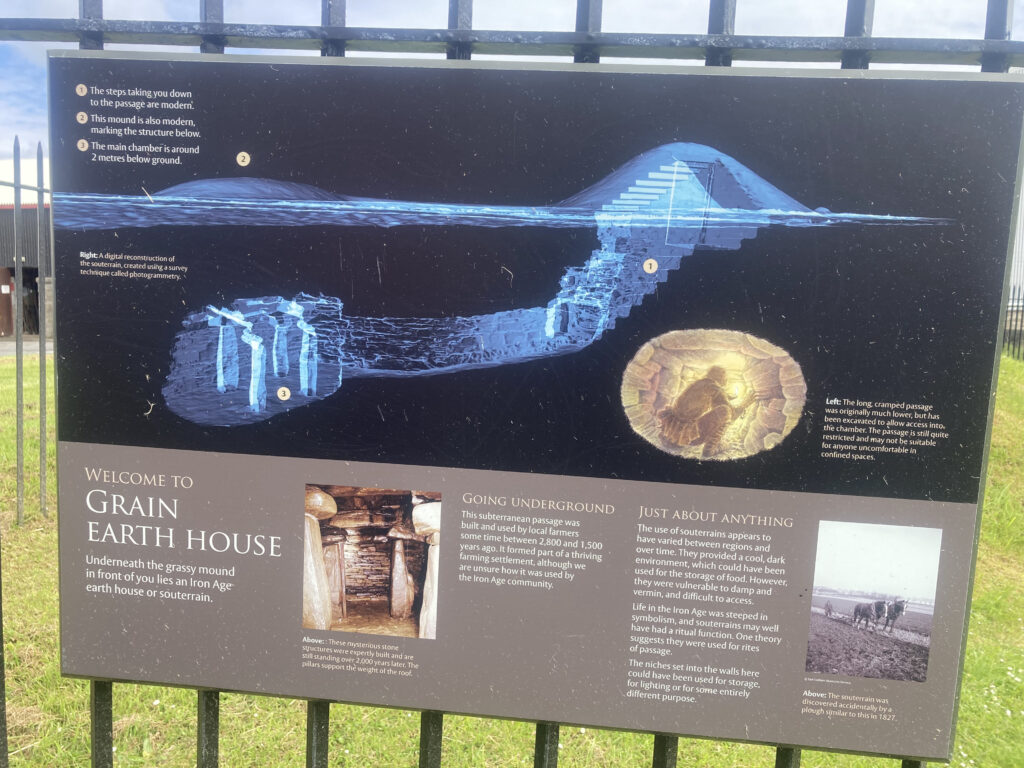

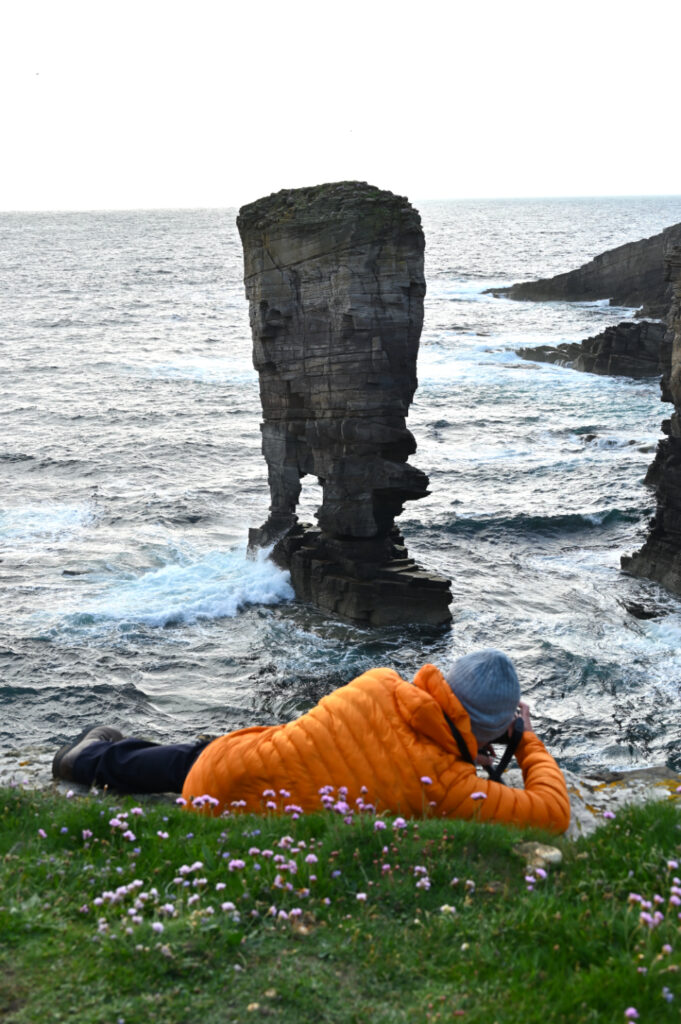
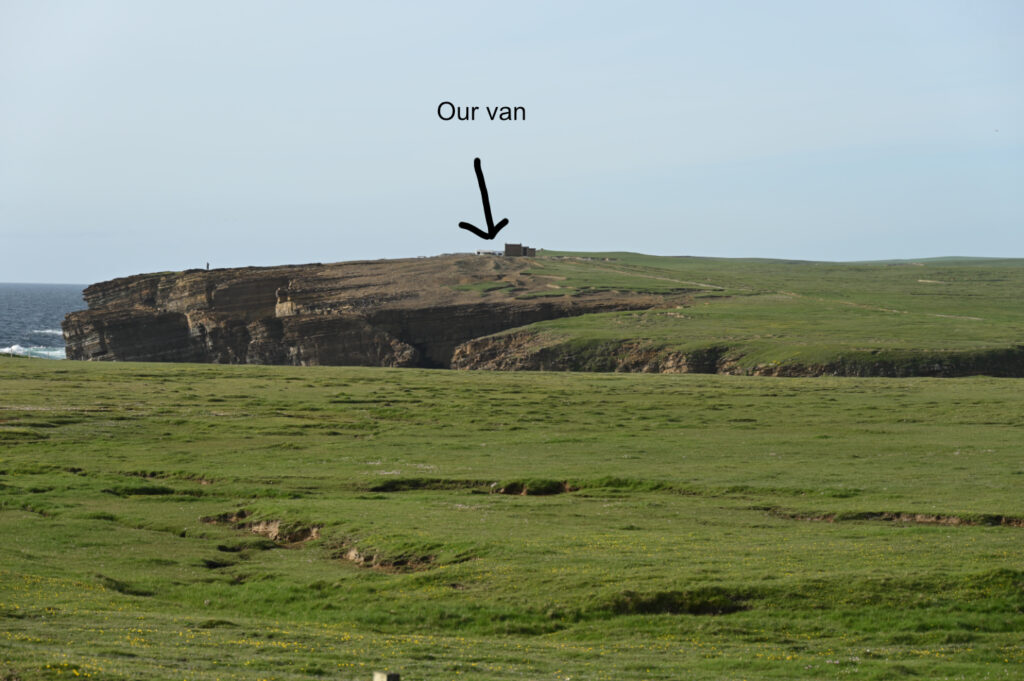
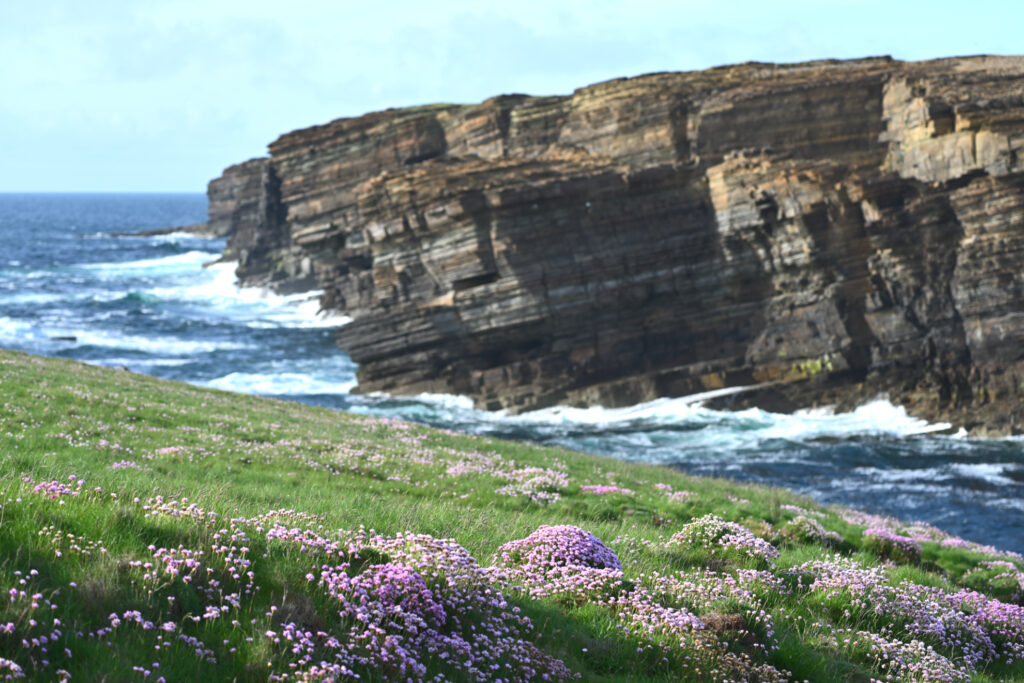
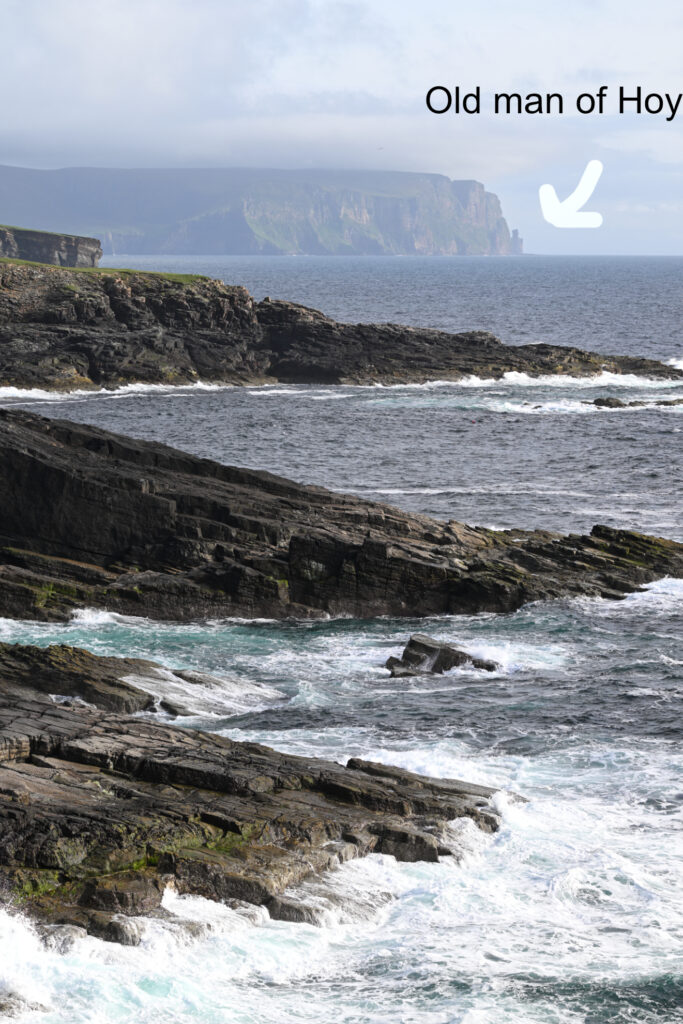
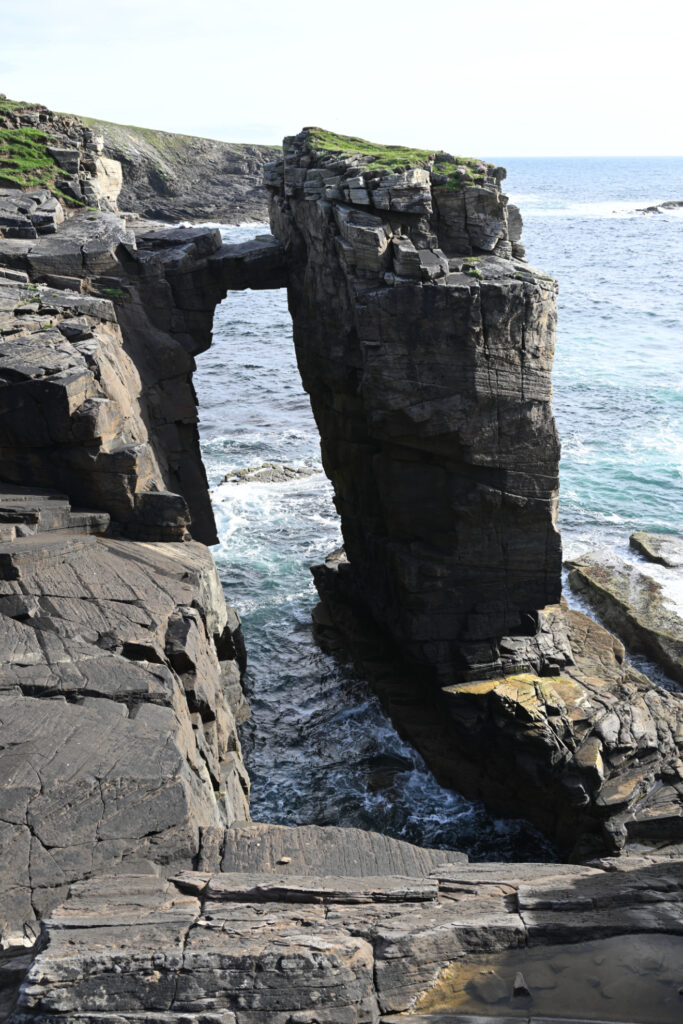
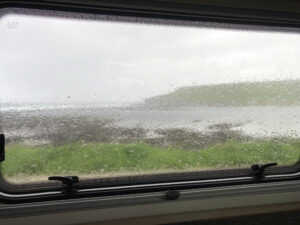 An Orcadian is a native or inhabitant of the Orkney Islands. This beautiful place is where Gary and I will be living (in the mobile writing retreat aka photographic base aka campervan) which I hope qualifies us as temporary Orcadians. While we’re here, we plan to see many of the sights, eat the local food, and learn something of the history and culture. So far we’ve met some lovely people, visited several fascinating places and discovered Orkney sunshine frequently comes in liquid form!
An Orcadian is a native or inhabitant of the Orkney Islands. This beautiful place is where Gary and I will be living (in the mobile writing retreat aka photographic base aka campervan) which I hope qualifies us as temporary Orcadians. While we’re here, we plan to see many of the sights, eat the local food, and learn something of the history and culture. So far we’ve met some lovely people, visited several fascinating places and discovered Orkney sunshine frequently comes in liquid form!